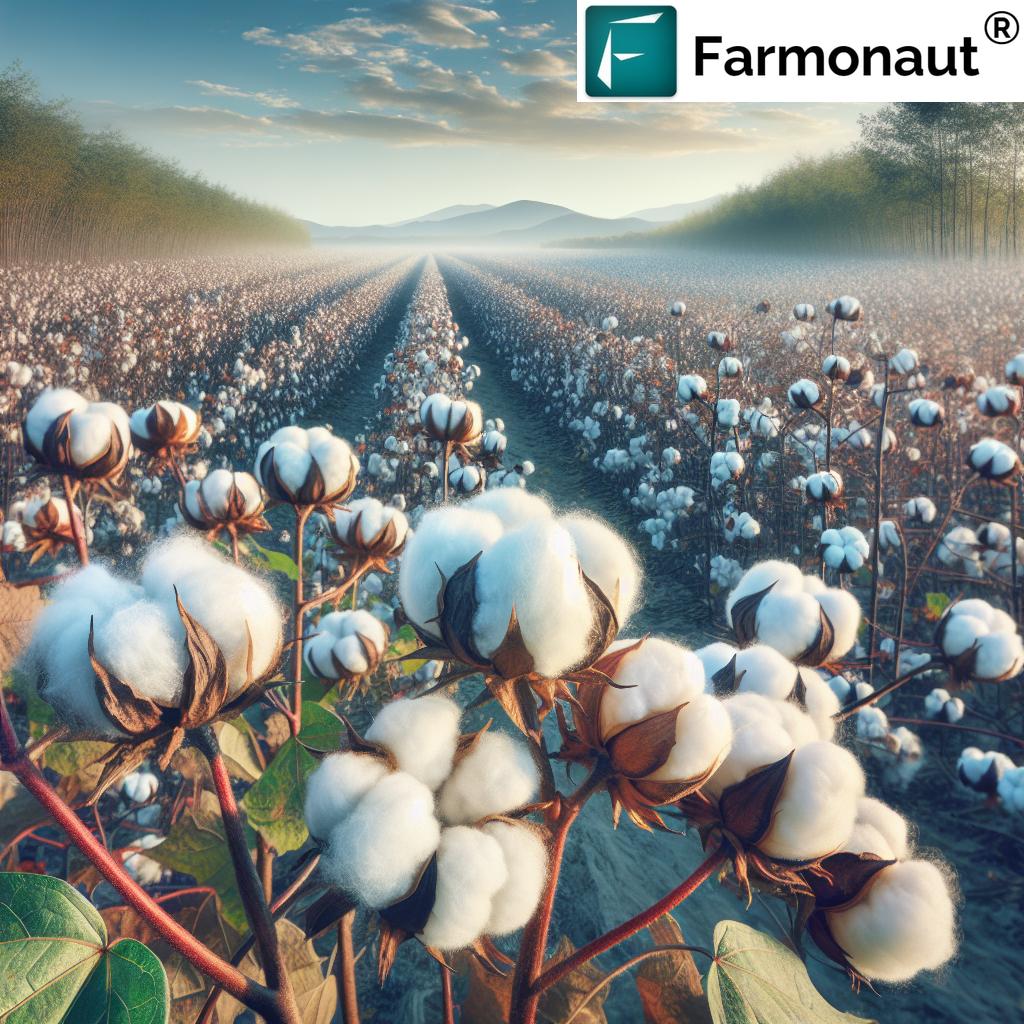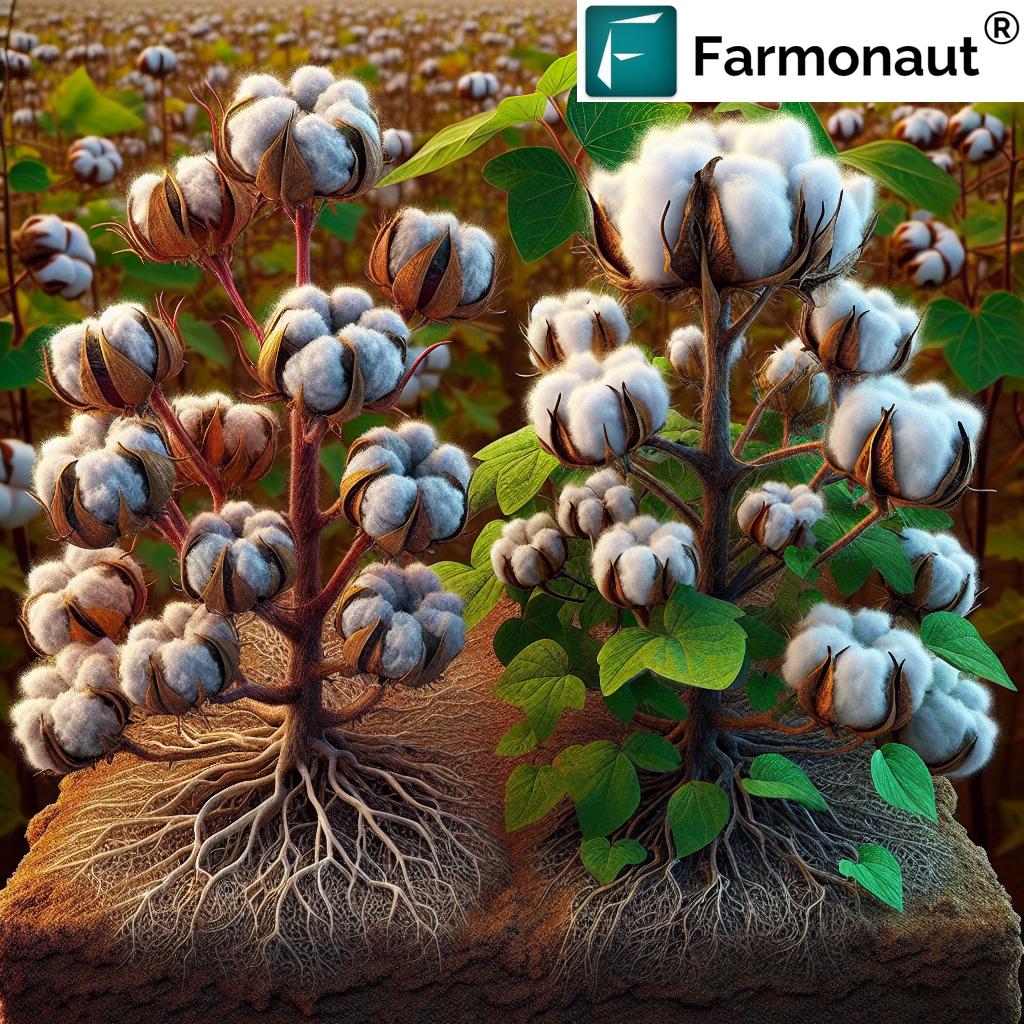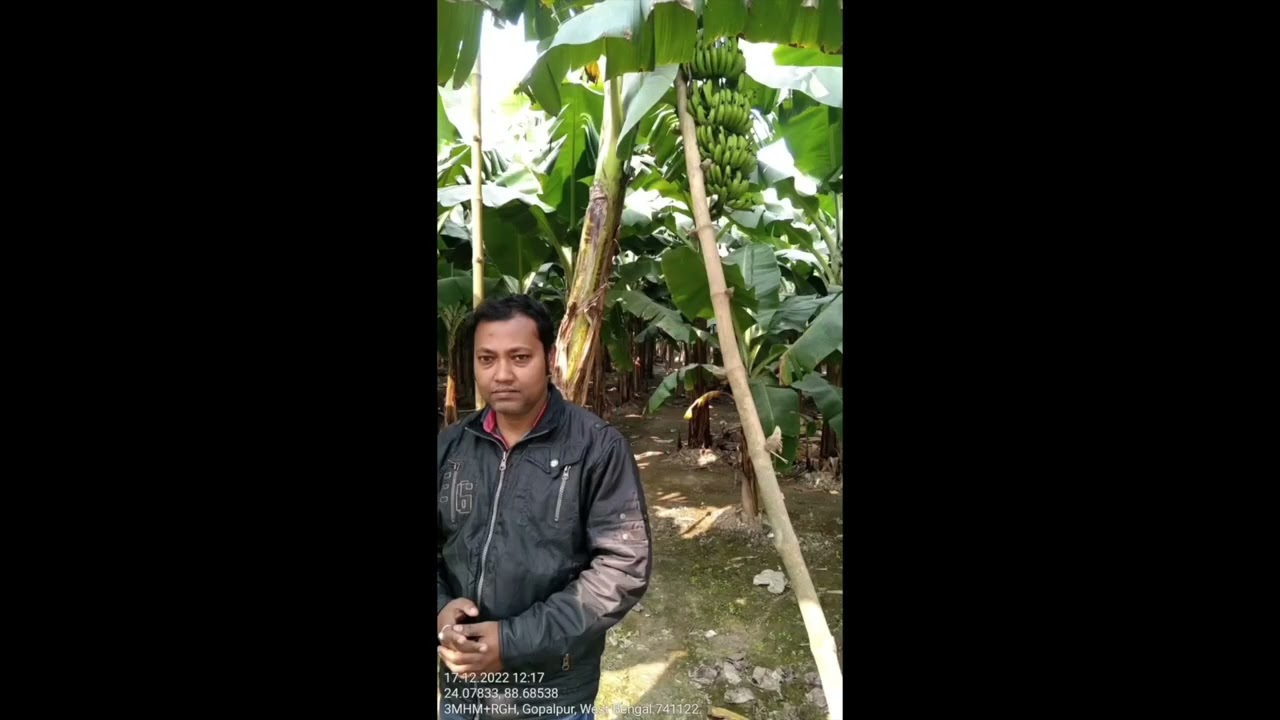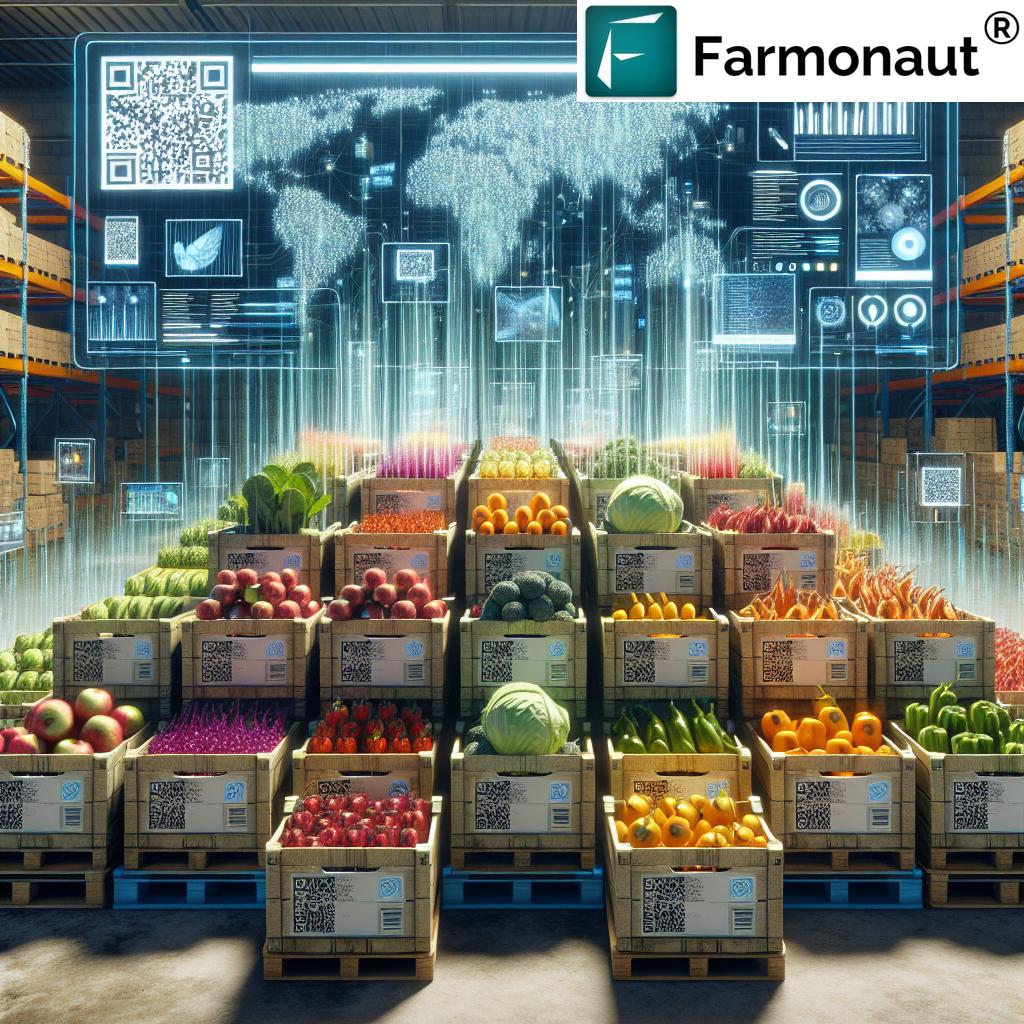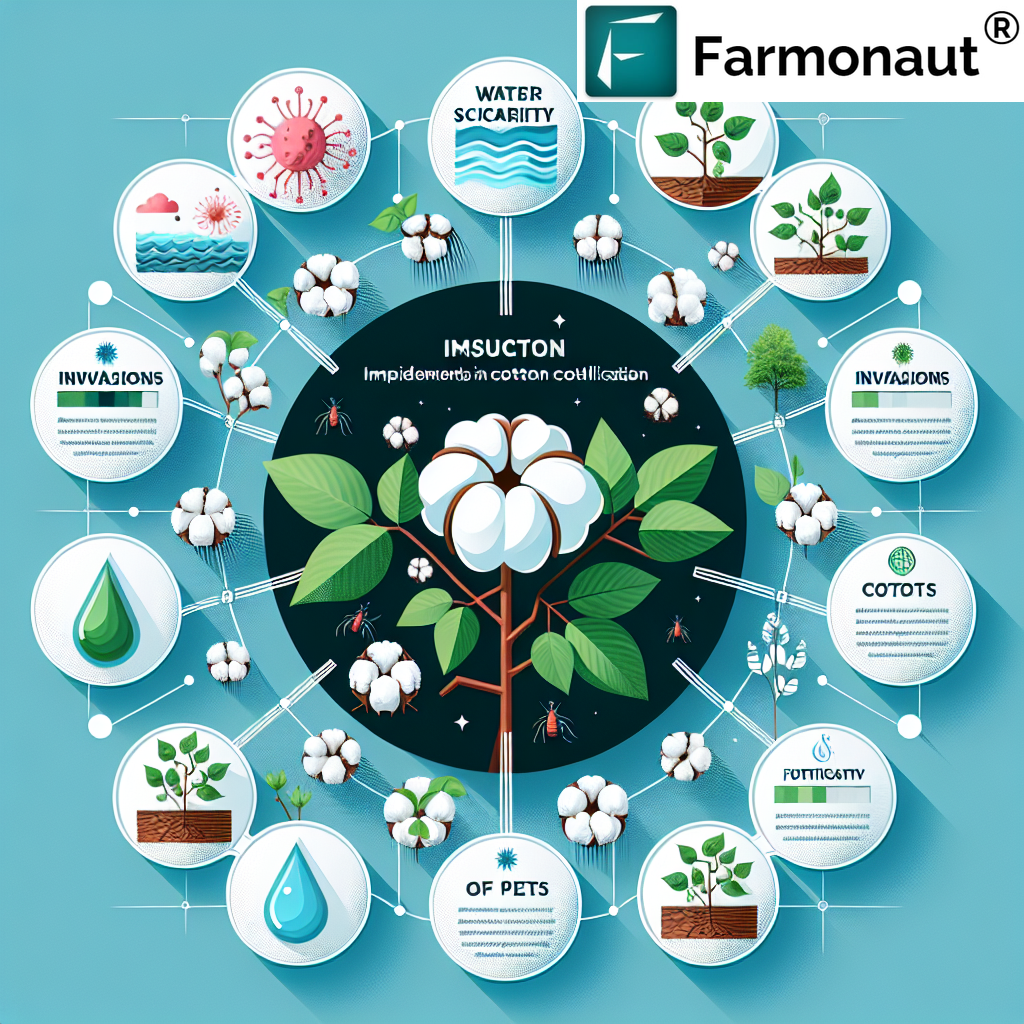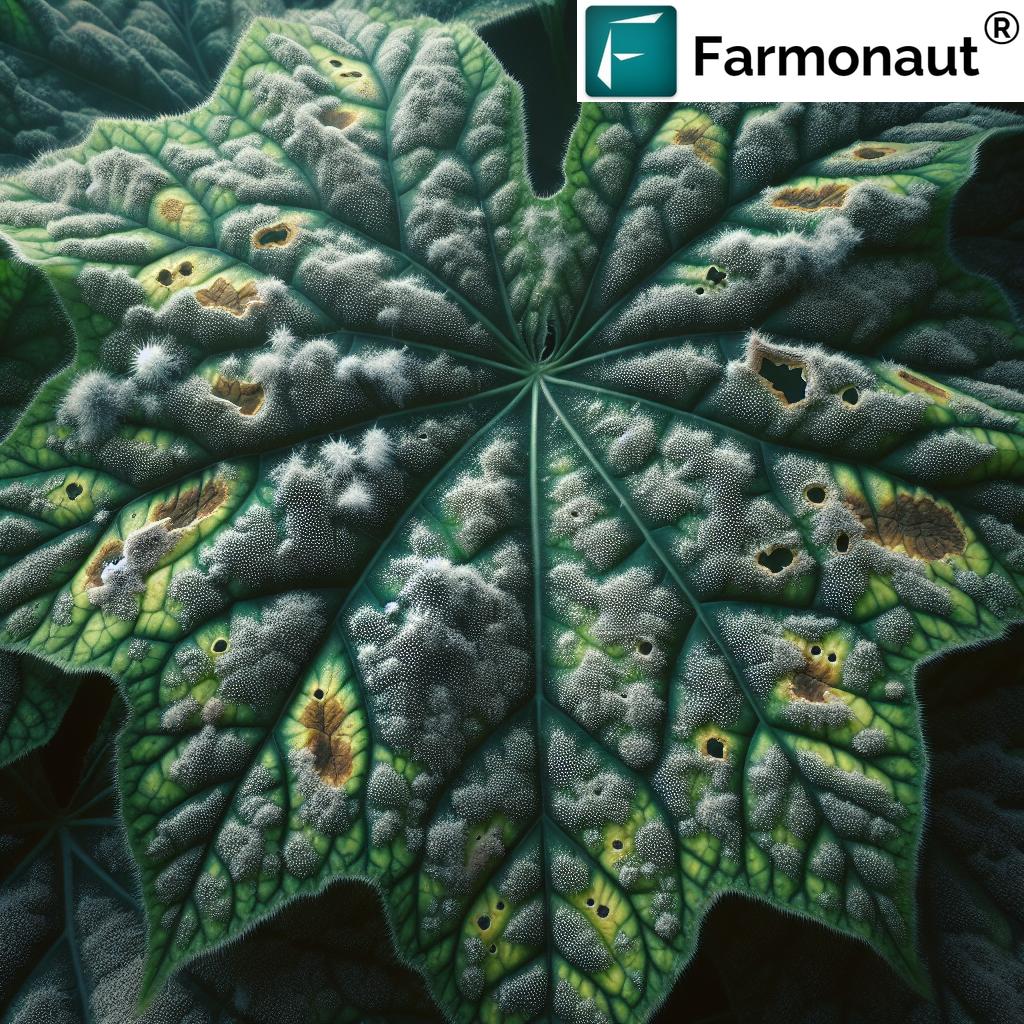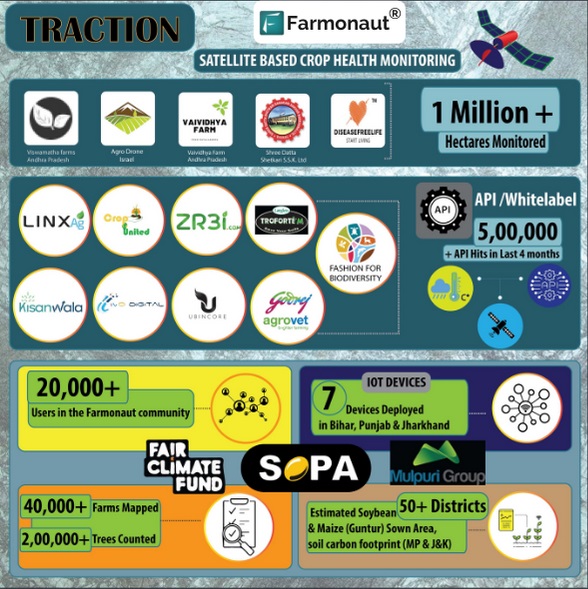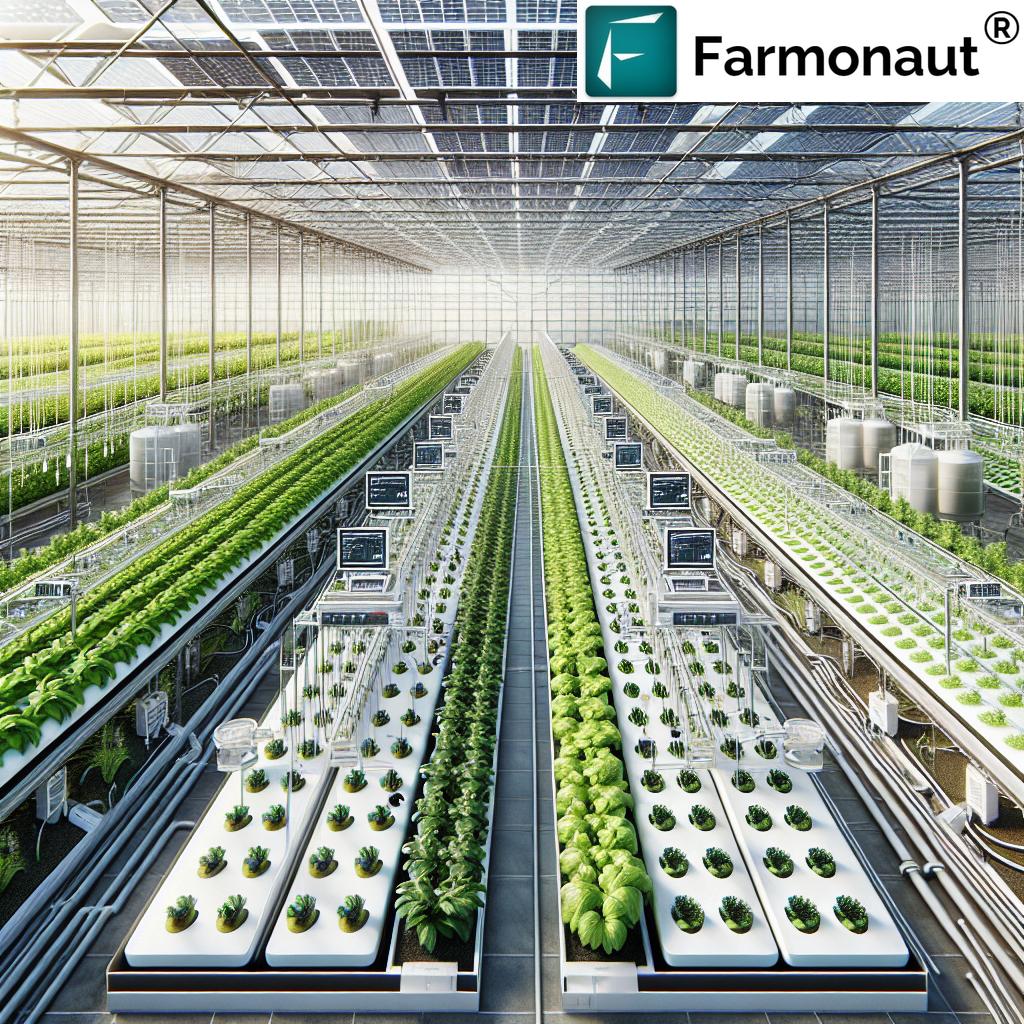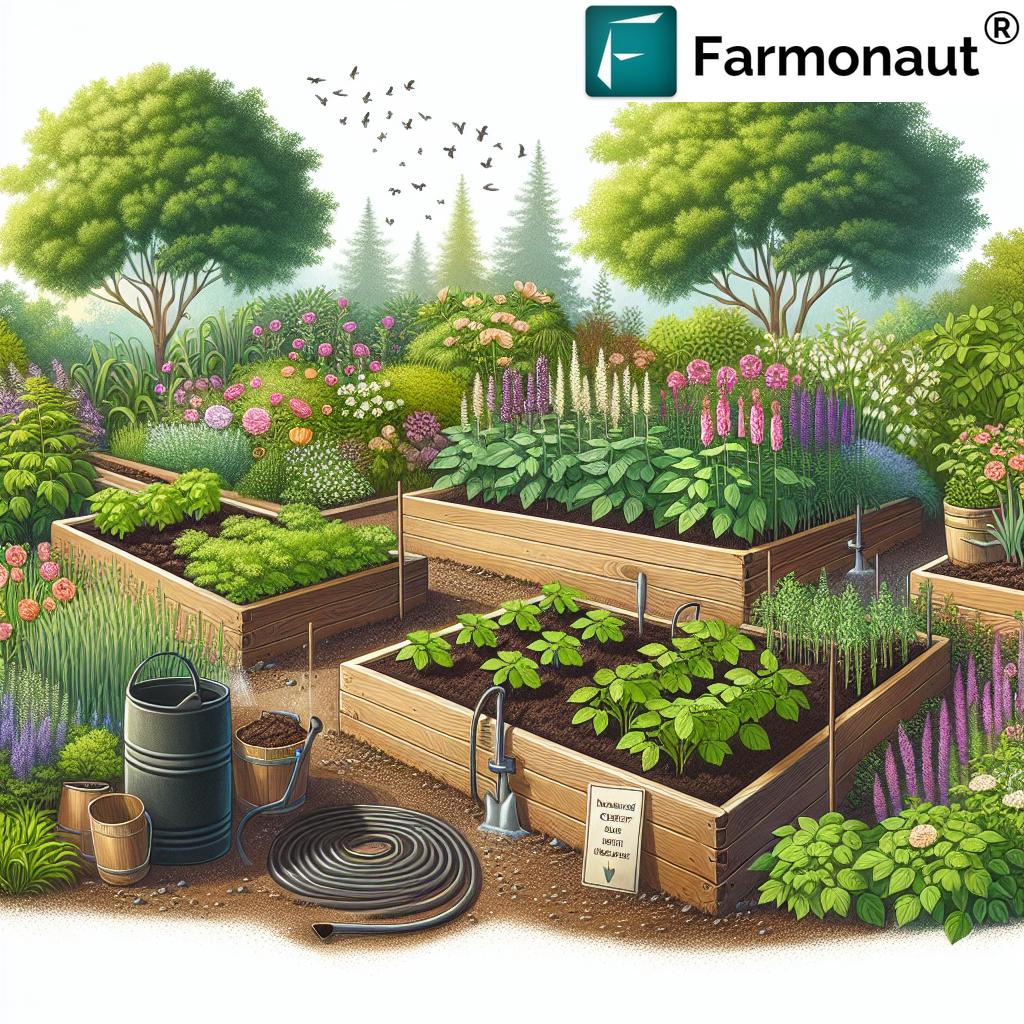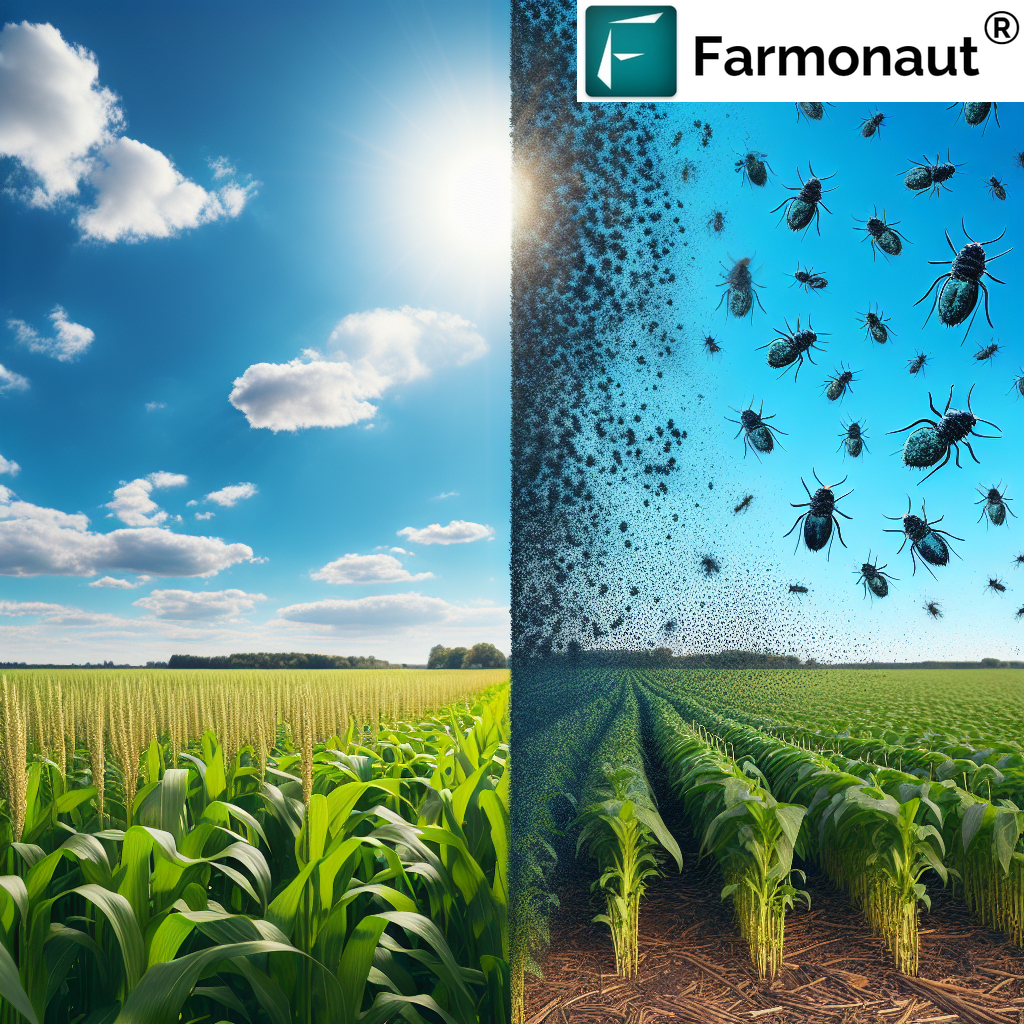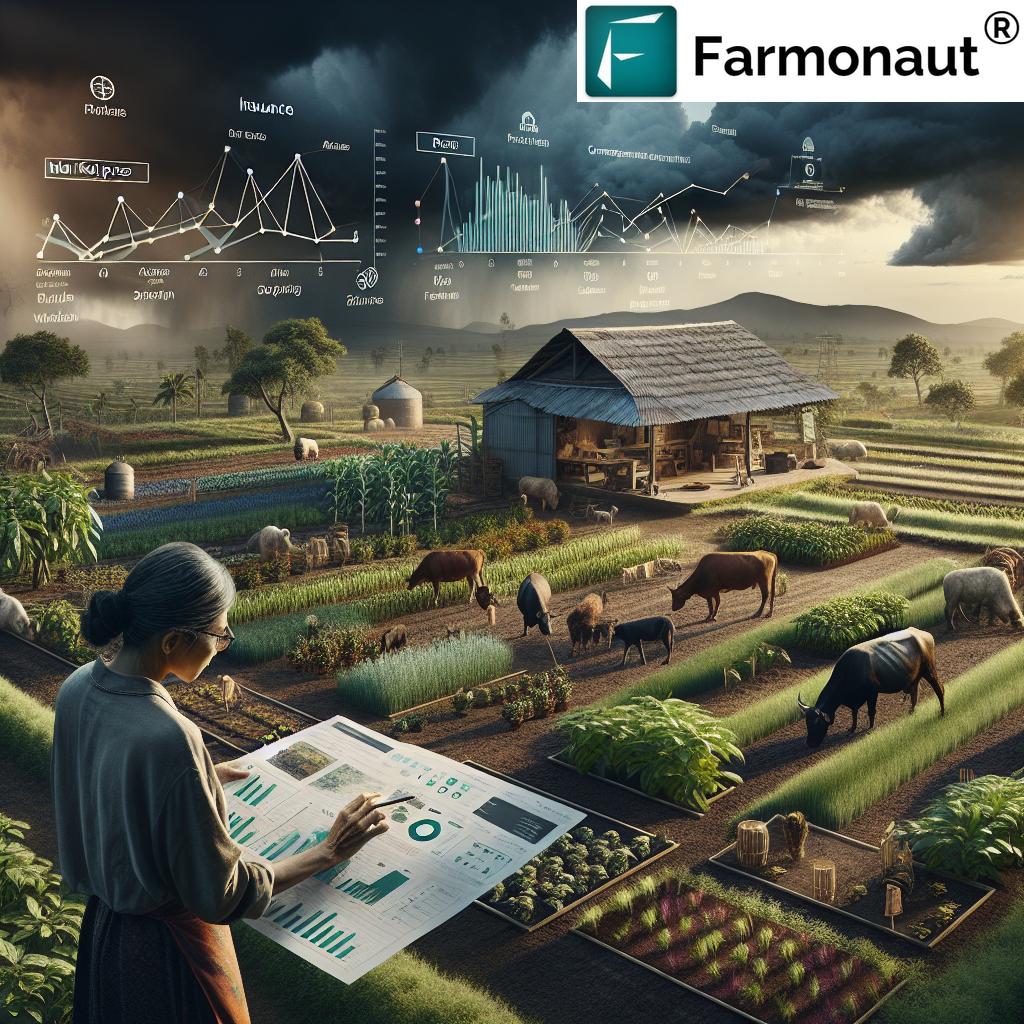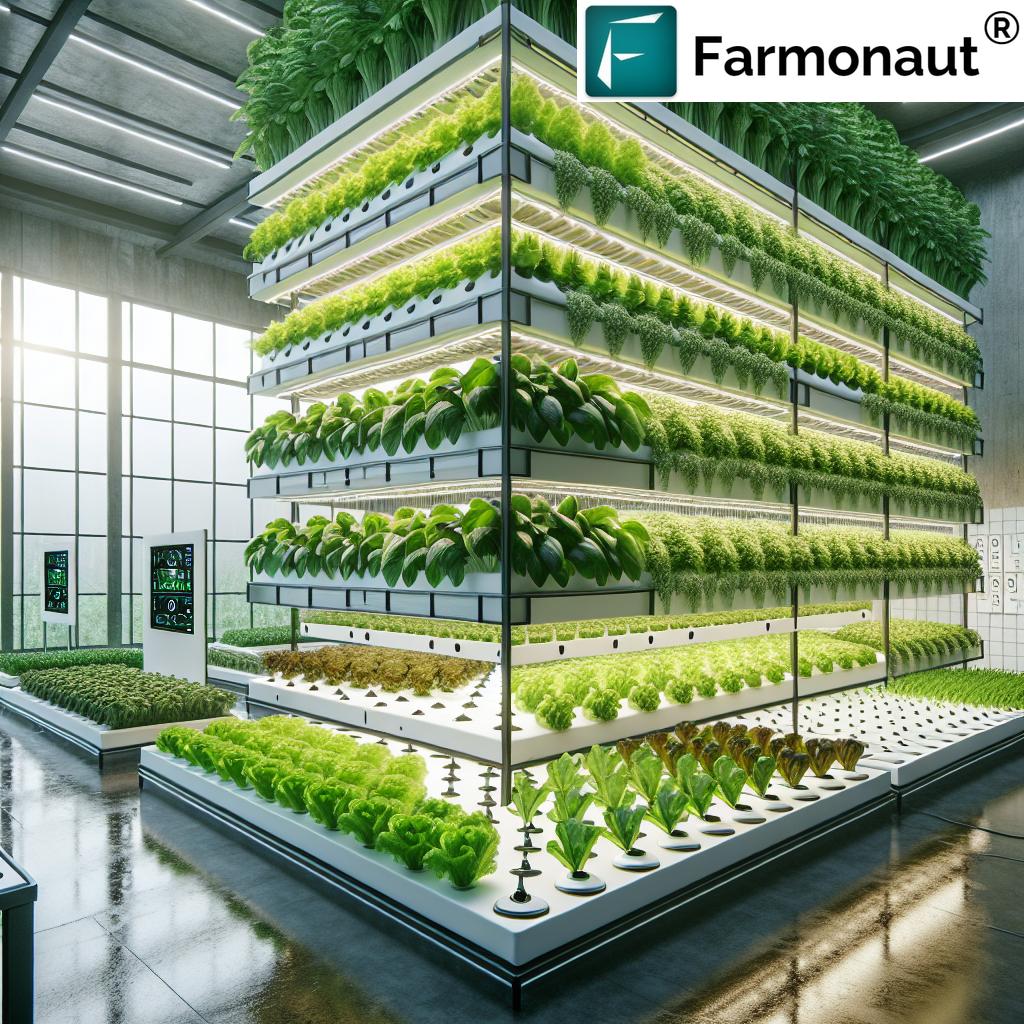How Tall Does Cotton Grow? 7 Factors for Better Fiber
Introduction
Cotton is one of the world’s most important staple fibers, cultivated globally for use in the textile industry. The height a cotton plant reaches depends on its species, various cultivation practices, and environmental conditions. This variation in growth habits is more than a curiosity: understanding and managing how tall cotton grows is crucial for enhancing fiber quality, improving productivity, and optimizing mechanical harvesting efficiency.
In this comprehensive blog, we’ll dive deep into the factors affecting fiber quality, discover the nuances of Gossypium species variation, and decode modern cotton cultivation practices—exploring exactly how cotton plant height influences every stage of the crop’s journey from field to fiber.
“Cotton plants can reach heights from 0.5 to 2 meters, depending on species and cultivation techniques.”
Cotton Plant Height: Key Facts & Scientific Trivia
- Cotton plant height is a dynamic trait shaped by genetic factors and growing conditions.
- Species like Gossypium hirsutum (upland cotton) are typically grown as annuals in the U.S. and reach 60-150 cm (2-5 ft).
- Gossypium barbadense varieties (Pima, Sea Island) often grow taller, up to 180-240 cm (6-8 ft) as annuals, and taller when perennial.
- Growth regulators in cotton production help keep plant size optimal for both fiber quality and mechanical harvesting efficiency.
Gossypium Species Variation and Plant Height
The genus Gossypium comprises more than 50 wild and cultivated species. However, only four major species form the backbone of global cotton production:
1. Gossypium Hirsutum – Upland Cotton Characteristics
- Commonly called upland cotton; this species accounts for ~90% of global cotton and about 95% of all U.S. production (source).
- Its annual growth habit means plants typically reach 2-5 feet in height when grown as annuals in the United States and places like Florida and the Cotton Belt.
- Strong adaptation for mechanization, high yield, and manageable plant size.
2. Gossypium Barbadense – Pima & Sea Island Varieties
- Known for extra-long staple fibers and superior softness.
- These plants are characterized by their tall, slender structure, often reaching 6-8 feet (1.8-2.4m) (source).
- Grown mostly in tropical and subtropical areas, their height can be environmentally influenced.
3. Lesser Commercial Species and Hybrids
- Gossypium arboreum: Asian cotton, smaller plant, cultivated as a perennial in some regions.
- Gossypium herbaceum: Also Asian, used in specific ecological niches.
These species variations underscore why a “one size fits all” approach to cultivation practices is not viable. Breed-specific management and care can vastly improve fiber quality, mechanical harvesting results, and overall productivity.
Annual vs. Perennial Growth in Different Environments
A unique aspect of cotton cultivation is its ability to thrive as either an annual or perennial plant—based on environmental conditions and regional practices:
- Annual Growth: In areas with seasonal temperature swings—like the United States Cotton Belt, Florida, and temperate regions—cotton is planted, grown, and harvested each year. This keeps plant height within 60-150 cm (2-5 ft), ensuring uniformity for mechanized harvesting and consistent fiber quality. (source)
- Perennial Growth: In tropical and subtropical regions, cotton is sometimes left in the ground for multiple years. In these conditions, plants can attain heights up to 4–6 meters (13–20 ft). While large size may increase theoretical yield, excessive height can negatively impact fiber quality and mechanical harvest efficiency.
7 Factors Affecting Cotton Plant Height & Fiber Quality
Multiple factors play decisive roles in managing cotton plant height and determining fiber quality. Let’s explore these critical aspects:
-
Gossypium Species Variation:
Each species (e.g., hirsutum vs. barbadense) comes with inherent growth habits, maturity times, and maximum heights. For example, upland cotton characteristics are tailored for medium height and broad adaptation, while barbadense varieties can reach higher and require more specialized care. -
Environmental Conditions:
Temperature, rainfall, soil type, and sunlight all directly affect how tall cotton plants grow. Tropical regions encourage taller, perennial plants; drier or cooler environments limit height. -
Cultivation Practices & Methods:
Factors such as plant spacing, row orientation, irrigation schedules, crop rotation, and pruning influence both height and fiber productivity. Denser planting often limits height, while wider spacing encourages vertical growth. -
Growth Regulators in Cotton Production:
Growth regulators are vital for managing cotton yield and maintaining optimal height. They inhibit gibberellin synthesis/translocation (the hormone responsible for cell elongation), resulting in more compact, robust plants. -
Nutritional Management (Fertilization):
Balanced use of fertilizers (nitrogen, potassium, micronutrients) directly influences plant vigor, internode length, and final height. Over-fertilization may cause excessive vegetative growth; under-fertilization stunts plants and reduces yields. -
Water Management (Irrigation):
Optimal conditions for cotton growth depend on available water at critical growth stages. Drought stress can limit plant height, while over-irrigation may induce unwanted rank growth and lower fiber quality. -
Harvesting System & Preparation:
Mechanical harvesting efficiency in cotton is best when plant height is uniform and within the ideal range. Pre-harvest topping, defoliation, and use of growth regulators all help achieve this uniformity.
Advanced crop monitoring and carbon footprinting solutions help growers not only optimize cotton yield but also ensure sustainable farming with minimal environmental impact.
The Role of Growth Regulators in Managing Cotton Height
Growth regulators play a pivotal role in modern cotton cultivation. They:
- Reduce excessive vegetative growth by limiting gibberellin (responsible for cell elongation) synthesis and movement.
- Promote compact plant structure—important for both high-density planting and mechanical harvesting.
- Improve fiber quality—controlling plant size helps reduce fiber coarseness and maximize the occurrence of finer, stronger fibers.
- Boost harvest efficiency—keeps plants within the ideal height for efficient mechanical picking, reducing yield loss.
Learn how traceability solutions based on blockchain-based product traceability can enhance textile supply chain transparency and build consumer trust in cotton sourcing.
“Growth regulators can increase cotton fiber yield by up to 15% through optimized plant height management.”
Optimal Conditions for Cotton Growth & Fiber Enhancement
The optimal conditions for cotton growth require a holistic balance:
- Temperature between 20-30°C during the growing season
- Regular, well-timed irrigation with drainage to prevent waterlogging
- Fertile soils rich in organic matter and controlled nitrogen levels
- Appropriate plant density to foster upright growth but limit competition
- Timely use of growth regulators and harvest preparatory activities
When these conditions and practices are well aligned, plants maintain optimal height, fiber characteristics are enhanced, and both growers and industry benefit.
Our agro-admin app supports large-scale farm management, using satellite imagery and cloud-based tools to help manage plant height, monitor field variability, and ensure timely interventions.
Comparison Table: Cotton Growth Factors & Their Impact
Mechanical Harvesting Efficiency in Cotton Fields
With more than 80% of the world’s cotton production harvested mechanically, maintaining uniform plant height and structure is essential. Excessive height or branchiness can lead to:
- Harvesting challenges—machines may miss bolls or damage fiber.
- Increased operational costs and higher losses.
- More stubble and debris, complicating post-harvest field management.
To maximize mechanical efficiency in cotton:
- Use growth regulators to ensure manageable, compact plants.
- Monitor plant development and undertake pre-harvest defoliation at the right time.
- Employ real-time, satellite-aided crop monitoring to detect outlier zones or management errors that may influence plant uniformity.
With Farmonaut, satellite-based insights on vegetation health and growth stages (crop plantation advisory) help farmers time their operations for peak harvest efficiency and quality.
How Technology Improves Cotton Cultivation Practices
The new era of precision agriculture empowers cotton farmers to move beyond intuition and guesswork. Tech-driven tools enable:
- Real-time crop health monitoring using satellite imagery (NDVI, soil moisture) for fine-tuned irrigation, fertilization, and stress management.
- AI-powered advisory platforms to guide planting density, growth regulator application, and pest/disease risk assessment.
- Blockchain traceability to assure textile and fashion buyers of ethical, authentic, and sustainable production at every step. Learn how traceability brings value.
- Automation and data analysis to support decisions on everything from plant spacing to optimal harvest window.
Developers and agri-enterprises can integrate
Farmonaut’s satellite API into their own systems to automate growth monitoring, with full documentation at API Developer Docs.
Start Monitoring Cotton Fields with Farmonaut’s Solutions:
For streamlined operations, fleet management tools help cotton enterprises coordinate vehicles, equipment, and logistics for large-scale harvest and transport.
Farmonaut: Empowering Efficient Cotton Production
At Farmonaut, we’re committed to making precision agriculture affordable and accessible across the cotton value chain. Our web, mobile, and API-based platforms bring together satellite imagery, AI advisories, blockchain traceability, and resource management tools designed for cotton farmers and agri-enterprises.
- Increase Yield and Quality: Get real-time, field-specific crop health insights enabling timely interventions for optimal plant height, stress management, and improving cotton fiber quality.
- Drive Sustainability: Leverage our carbon footprinting tools to openly monitor and reduce environmental impact—vital for the modern cotton sector.
- Enhance Supply Chain Trust: Harness our blockchain traceability systems to prove cotton’s origin and ethical journey.
- Access to Financing: Our crop monitoring services are trusted by financial institutions for reliable satellite-based verification in crop loans and insurance—empowering more cotton farmers to secure funding and reduce risk.
- Fits Farms Big and Small: Whether you manage a smallholder plot or thousands of hectares, our platform scales as your needs grow, with flexible pricing and accessible interfaces for all users.
FAQ: All About Cotton Plant Height & Fiber Quality
Q1: How tall does cotton typically grow?
Answer: In major producing countries like the United States, annual cotton plants (Gossypium hirsutum) usually reach heights of 2 to 5 feet (approx. 60-150 cm). In warmer tropical regions where cotton is grown as a perennial, plants can attain heights up to 20 feet (6 meters), though such size is rare in commercial settings.
Q2: What are the benefits of managing plant height in cotton?
Answer: Managing cotton plant height promotes optimal fiber quality, enhances harvest efficiency, and helps prevent fiber coarseness. Proper height supports uniform development and is essential for mechanical harvesting systems.
Q3: Which species of cotton are most widely grown and why?
Answer: Gossypium hirsutum (upland cotton) is the most widely cultivated, comprising about 90% of global production because it offers high yield, adaptable traits, and fits mechanization well. Gossypium barbadense (Pima/Sea Island) is prized for its extra-long staple fibers.
Q4: What is the effect of growth regulators on cotton plants?
Answer: Growth regulators inhibit gibberellin synthesis/translocation, curbing excessive vegetative growth. This supports a more compact, manageable plant structure—leading to better fiber quality and easier harvesting.
Q5: How does technology help farmers optimize cotton fiber quality?
Answer: Technology such as Farmonaut’s precision agriculture tools enables real-time crop health monitoring, AI-driven advisories, and blockchain traceability, all of which support timely management for higher quality, yield, and supply chain transparency.
Q6: What makes mechanical harvesting efficient in modern cotton farming?
Answer: Uniform plant height and structure, achieved via proper genetics, careful cultivation, and timely use of growth regulators, are key. This minimizes losses, enhances fiber yield, and reduces operational costs.
Conclusion
Cotton plant height is controlled by a synergistic interplay between species genetics, environmental conditions, and cultivation practices. By understanding and managing these factors affecting fiber quality, farmers can optimize both yield and fiber properties for today’s market demands. The adoption of growth regulators in cotton production, together with precision agriculture technologies like those offered by Farmonaut, empowers farmers to sustain competitive production, efficiency, and quality from soil to spindle.
With strategic management and innovative technology, cotton growers worldwide can ensure high-quality outputs, efficient harvesting, and responsible, sustainable practices—setting a new gold standard for the cotton industry in every region, from the United States Cotton Belt to the tropical fields of India and beyond.


